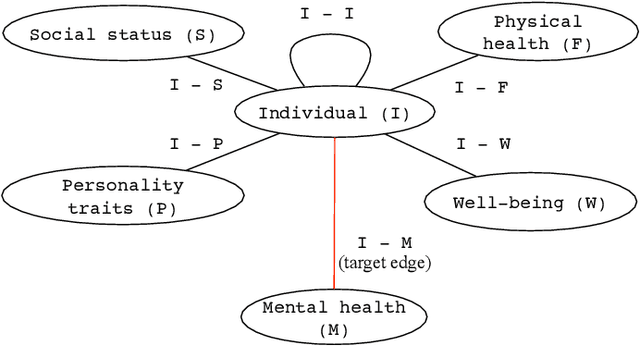Fatemeh Vahedian
Convolutional Neural Network Dynamics: A Graph Perspective
Nov 09, 2021



Abstract:The success of neural networks (NNs) in a wide range of applications has led to increased interest in understanding the underlying learning dynamics of these models. In this paper, we go beyond mere descriptions of the learning dynamics by taking a graph perspective and investigating the relationship between the graph structure of NNs and their performance. Specifically, we propose (1) representing the neural network learning process as a time-evolving graph (i.e., a series of static graph snapshots over epochs), (2) capturing the structural changes of the NN during the training phase in a simple temporal summary, and (3) leveraging the structural summary to predict the accuracy of the underlying NN in a classification or regression task. For the dynamic graph representation of NNs, we explore structural representations for fully-connected and convolutional layers, which are key components of powerful NN models. Our analysis shows that a simple summary of graph statistics, such as weighted degree and eigenvector centrality, over just a few epochs can be used to accurately predict the performance of NNs. For example, a weighted degree-based summary of the time-evolving graph that is constructed based on 5 training epochs of the LeNet architecture achieves classification accuracy of over 93%. Our findings are consistent for different NN architectures, including LeNet, VGG, AlexNet and ResNet.
Consistent Network Alignment with Node Embedding
May 10, 2020



Abstract:Network alignment, the process of finding correspondences between nodes in different graphs, has significant scientific and industrial applications. We find that many existing network alignment methods fail to achieve accurate alignments because they break up node neighborhoods during alignment, failing to preserve matched neighborhood consistency. To improve this, we propose CONE-Align, which matches nodes based on embeddings that model intra-network proximity and are aligned to be comparable across networks. Experiments on diverse, challenging datasets show that CONE-Align is robust and obtains up to 49% greater accuracy than the state-of-the-art graph alignment algorithms.
Heterogeneous network approach to predict individuals' mental health
Jun 11, 2019



Abstract:Depression and anxiety are critical public health issues affecting millions of people around the world. To identify individuals who are vulnerable to depression and anxiety, predictive models have been built that typically utilize data from one source. Unlike these traditional models, in this study, we leverage a rich heterogeneous data set from the University of Notre Dame's NetHealth study that collected individuals' (student participants') social interaction data via smartphones, health-related behavioral data via wearables (Fitbit), and trait data from surveys. To integrate the different types of information, we model the NetHealth data as a heterogeneous information network (HIN). Then, we redefine the problem of predicting individuals' mental health conditions (depression or anxiety) in a novel manner, as applying to our HIN a popular paradigm of a recommender system (RS), which is typically used to predict the preference that a person would give to an item (e.g., a movie or book). In our case, the items are the individuals' different mental health states. We evaluate three state-of-the-art RS approaches. Also, we model the prediction of individuals' mental health as another problem type -- that of node classification (NC) in our HIN, evaluating in the process four node features under logistic regression as a proof-of-concept classifier. We find that our RS and NC network methods produce more accurate predictions than a logistic regression model using the same NetHealth data in the traditional non-network fashion as well as a random-approach. Also, we find that RS outperforms NC. This is the first study to integrate smartphone, wearable sensor, and survey data in an HIN manner and use RS or NC on the HIN to predict individuals' mental health conditions.
 Add to Chrome
Add to Chrome Add to Firefox
Add to Firefox Add to Edge
Add to Edge